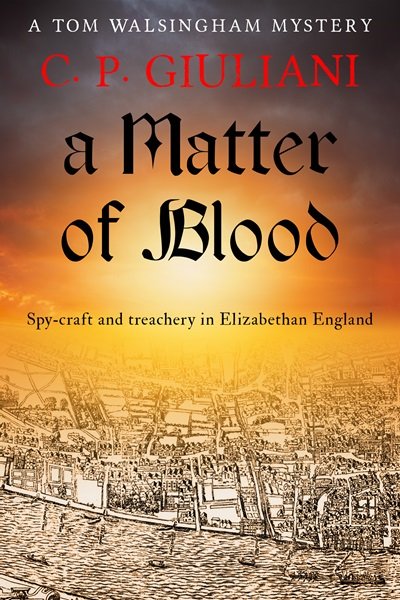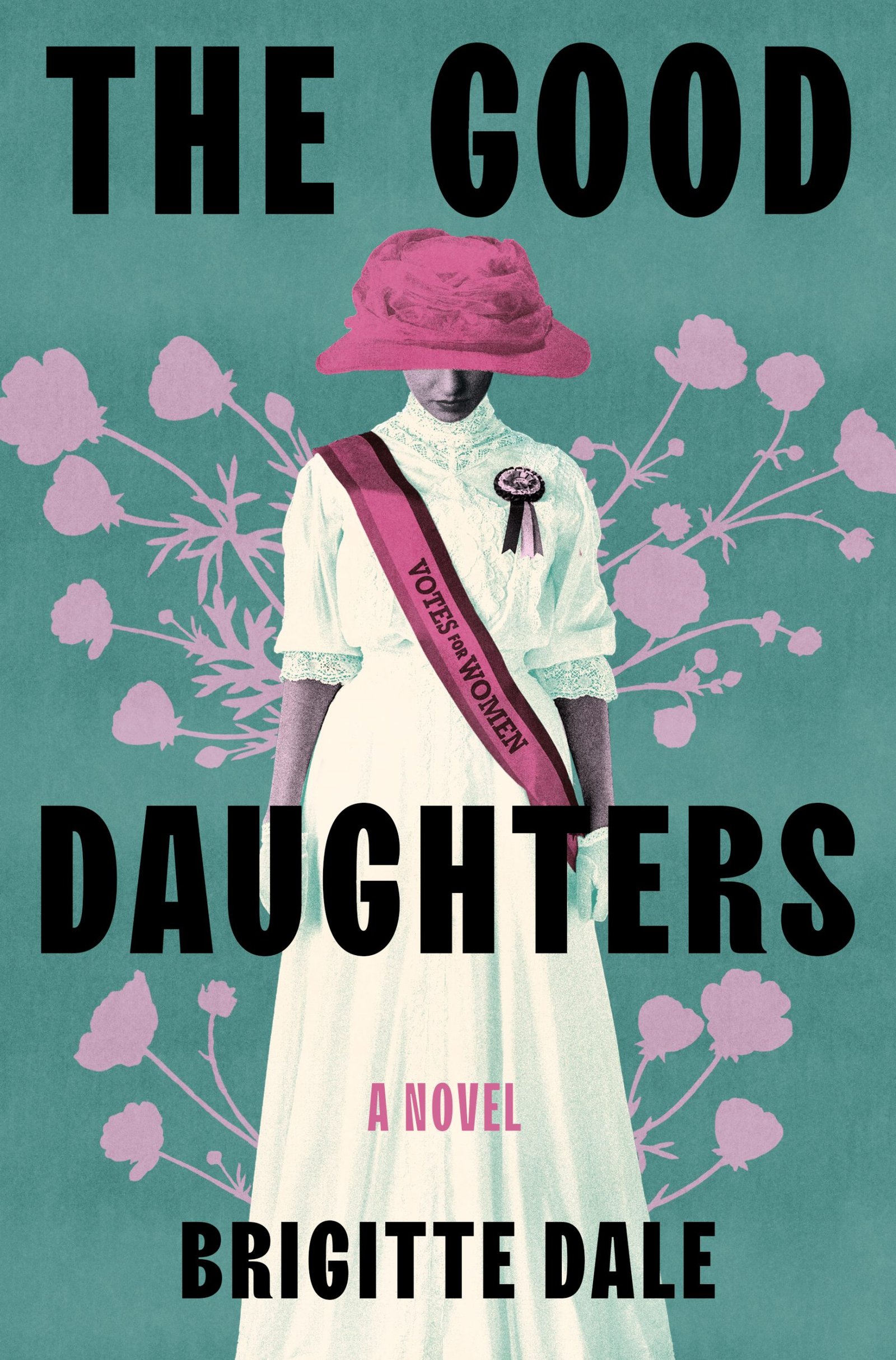WRITTEN BY DOUGLAS KEMP

Clara spoke about how she became fascinated with the arcane world of espionage in the Elizabethan court: “I think I can lay the blame at Christopher Marlowe’s door. Some twenty-five years ago I became the tiniest bit obsessed with Marlowe’s work and discovered what an interesting life he had (perhaps) led before coming to a gruesome end at the age of twenty-nine. I read a good deal about him – both fiction and non-fiction – and two books in particular made me want to fictionally explore his life and world. One was Anthony Burgess’s A Dead Man in Deptford, with its gorgeous language and vivid telling. That is where I first came across Sir Francis’s young cousin, Thomas. The other was Charles Nicholl’s The Reckoning, an intricate, detailed study following Marlowe’s traces in the espionage world. I can’t say that I agree with all of Nicholl’s conclusions, but he sparked off my fascination with Sir Francis and his work. I find the field [of espionage] fascinating, with its combination of painstaking work, deceit, happenstance and danger. Rather like chess with frightfully high stakes, a certain amount of cheating, and a sense that the rules can change at any moment – or, at least, this is the impression of 16th century intelligence I gathered from reading authors like Nicholl, Stephen Alford, John Bossy.”
Clara ‘s novels contain a wealth of research and have a reliable sense of authenticity for the reader, with a sound historical background. She spoke about her research, sources, and methods: “All I can say is, blessed be the Internet! I started writing Tom’s books right before the pandemic happened. At first I relied on the rather extensive research I had done for another novel set in Elizabethan London. By the time I was ready to delve into more specific espionage-related research, the world had all but shut down. Fortunately, the Internet offers a wealth of resources. As I started to dig, I was overjoyed to discover how much digitized material is available. Sites like British History Online, JSTOR, and the Map of Early Modern London are a few of the more obvious mines – but there is much more! It was an unexpected joy to delve into almost anything, from the Calendar of State Papers to parish records. And if something is missing, there is always the possibility of reaching out and asking. Historians, archivists, museum curators, librarians, experts in several fields… I’ve got in touch with knowledgeable and generous people all over the UK and the US, happy to share their knowledge. As for print books, the Biblioteca Baratta in Mantova has grown used to my outlandish requests. And finally, there is the more practical side of research, like pestering medical friends for gruesome detail, or enlisting the help of a provost-at-arms specializing in historical fencing.”
One of the perennial issues facing the historical novelist is the degree to which the writer maintains fidelity to the historical record whilst creating a narrative that satisfies the reader. Clara spoke about how she approaches the matter. “Thomas Walsingham was an ideal choice as a character in many ways: enough is known about him to place him firmly in Sir Francis’s network of spies and at the courts of both Elizabeth and James, on the one hand; on the other, what is known leaves ample leeway for me to insert fictional murders, events, and people. I like to think that, when telling a story, the historical novelist’s job is to imagine what we don’t know on the ground, and within the bounds of what we do. My primary rule is that I try very hard to avoid contradicting documented facts, and I’ll put a good deal of effort in the research. When there are holes in the facts, I’ll make up what my story needs through guesswork or extrapolation, trying to stay true to what is known, and to the mindset of the time; when there are contradicting versions, I’ll choose the one that better serves my story. After all, these holes and contradictions are the bread and butter of historical fiction, the spaces where the novelist can work. That said, I’m not always entirely rigorous. Take Book Four [A Deadly Complot, 2024], for example, and the Babington Plot: we do know, from another agent’s report, that young Thomas was present at a certain house just before a certain important arrest – and this is all we have about his involvement in the operation. Out of this I’ve spun a whole novel.”
Clara told us about the Tudor period historical fiction that has inspired her and her favourite historical fiction writers. “The early days of my Marlowe obsession, Anthony Burgess pushed me down the fictional rabbit-hole. Then there was Rodney Bolt’s History Play, a rather hard-to-describe novel, half-academic parody, half-uchronia. I loved Patricia Finney’s Becket and Ames series, and her Carey Mysteries under the name of P. F. Chisholm. Other favourites are Bryher’s melancholy The Player’s Boy; that strange, scintillating book that is George Garrett’s Entered from the Sun, Robin Chapman’s Christoferus, and Ros Barber’s The Marlowe Papers. When it comes to other periods, Dumas Père and Walter Scott presided over my childhood, making me an avid reader of historical fiction very early. In their wake, here is a handful of favourites in no particular order: Ronald Blythe, Barry Unsworth, Rudyard Kipling’s historical short stories, Rosemary Sutcliff, Ellis Peters, James Atcheson, Robin Blake.”
Happily, Clara has signed on with Sapere Books for three more instalments, bringing Tom to 1590, with ideas for more stories bubbling away in her fertile mind.
About the contributor: Douglas Kemp was an HNR reviews editor from 2008 to 2024.
Published in Historical Novels Review | Issue 113 (August 2025)


